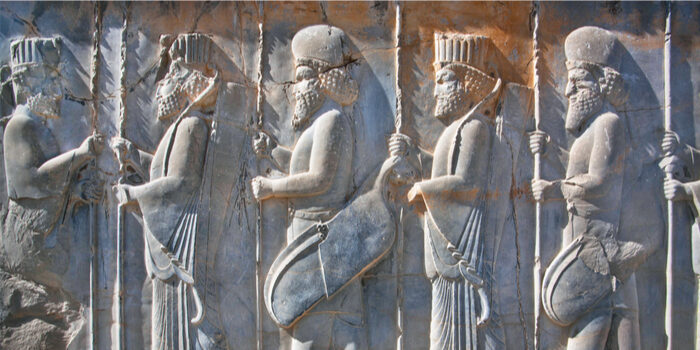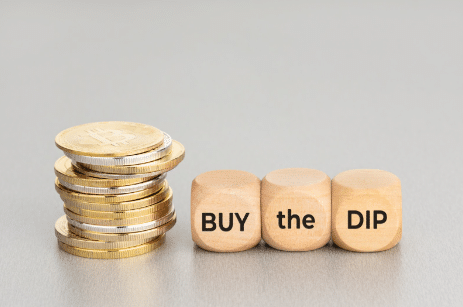
Silver hasn’t been this cheap in 5,000 years of human history
EDITOR'S NOTE: silver is what you use to pay for food and everyday purchases. Gold is for larger stores of value - its easier to transport and you have the entire value of your mortgage literally in the palm of your hand. Get your physical silver while you still can.
More than 4,000 years ago, the city of Kanesh was quickly becoming an important commercial trading hub within the ancient Assyrian Empire.
Kanesh was located in the dead center of modern day Turkey, so it was perfectly situated on the route between the Mediterranean and the Black Sea, and between Europe and Asia Minor.
As a result, Kanesh became a popular trading post. And merchants, scribes, and moneylenders from all over the Assyrian Empire traveled there to profit from the boom in copper, tin, and textiles.
What’s extraordinary about this period of history is how many records remain from those day-to-day transactions.
The Assyrians borrowed the writing system from ancient Mesopotamia and routinely chiseled their commercial trades on clay ‘cuneiform’ tablets.
Tens of thousands of these tablets have been discovered by modern archaeologists, so we have an incredible amount of detail about ancient financial transactions.
For example, one tablet on display at the Met in New York City documents the terms of a loan that originated in Kanesh some time in the 19th century BC.
According to the table, an Assyrian merchant named Ashur-idi loaned 3kg of silver to two traders, with 1/3 of the amount to be repaid in one year’s time.
This was fairly common back then: gold and silver were both used as a medium of exchange in ancient times. But this was before coins existed, so transactions would be settled based on weight.
In ancient Babylonia, for instance (which rose to power after the Assyrian Empire faded), the cuneiform tablets from that era tell us that the price of barley averaged about 17 grams of silver per 100 quarts.
And merchants would use elaborate scales to weigh gold and silver when exchanging their goods.
Gold and silver were also exchangeable for each other. Another tablet from ancient Babylonia during the time of Nebuchadnezzer states that 5 shekels of silver were worth ½ shekel of gold.
(A shekel in ancient times was a unit of weight, equivalent to about 8.33 grams.)
This implies a 10:1 ratio between silver and gold.
Read Original Article at sovereignman.com
The financial market is crumbling and EVERYONE will be affected. Only those who know what's going on and PREPARE will survive... dare we say thrive. Our 7 Simple Action Items to Protect Your Bank Account will give you the tools you need to make informed decisions to protect yourself and the ones you love.










